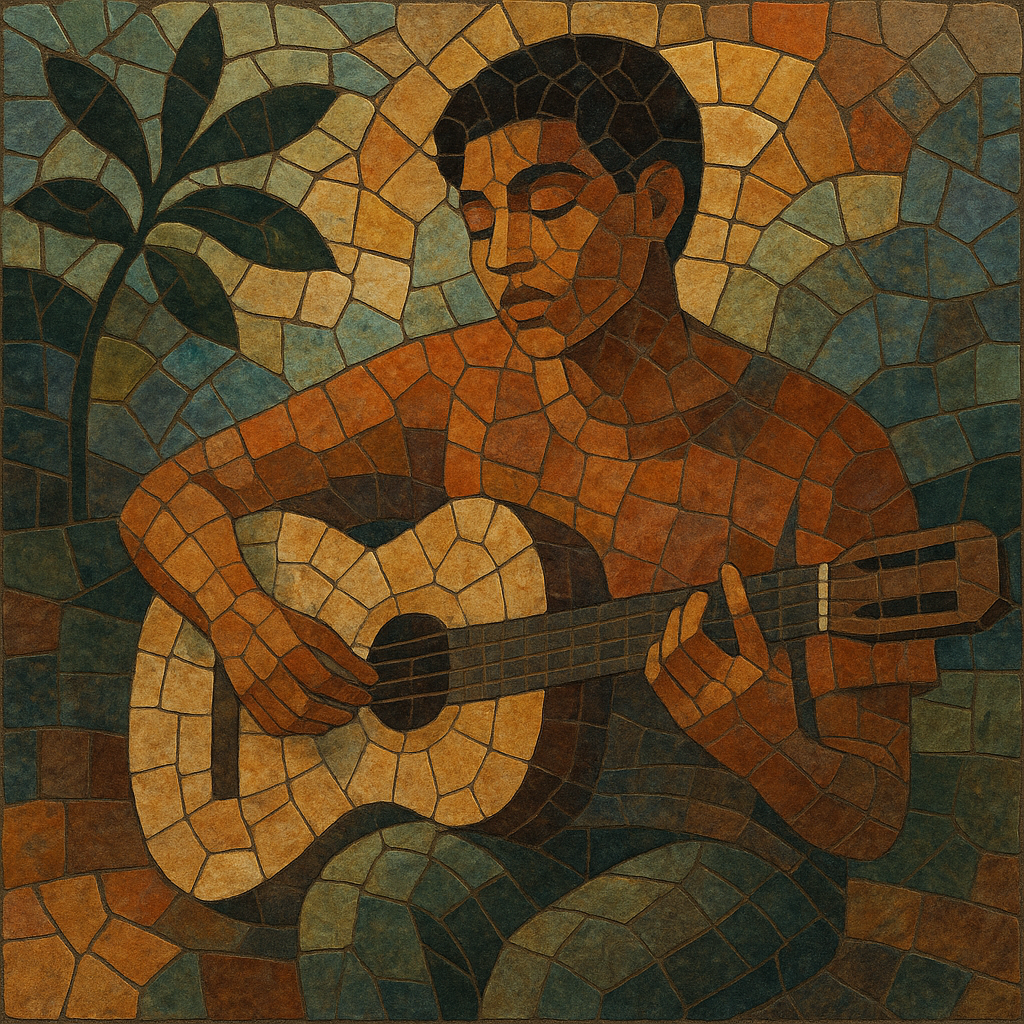Nova MPB ("new Música Popular Brasileira") is a contemporary wave of Brazilian popular music that renews the classic MPB ethos with indie, electronic, neo‑soul, and modern pop production. Artists in this scene preserve the melodic richness, poetic lyricism, and rhythmic DNA of bossa nova and samba while embracing lo‑fi textures, synth pads, and intimate, close‑mic vocals.
Compared to classic MPB, nova MPB tends to be more minimalist and bedroom‑studio friendly, favoring warm, analog‑leaning timbres and restrained grooves. Lyrics often blend romantic and introspective themes with snapshots of urban life, identity, and the everyday, delivered in Portuguese with a natural, conversational flow.
Música Popular Brasileira (MPB) emerged in the 1960s as a cosmopolitan synthesis of samba, bossa nova, and regional rhythms with sophisticated songwriting. Decades later—after waves of Tropicália, samba‑soul, and urban pop—young artists grew up with both the MPB songbook and global indie/electronic influences, setting the stage for a renewed approach.
By the late 2000s, a new generation began recording at home, posting songs online, and circulating through independent festivals. Their sound drew from classic MPB harmony and guitar textures but folded in gentle electronics, understated beats, and indie aesthetics. This period established the DIY ethos, intimate vocals, and poetic, contemporary Portuguese lyricism that would define the scene.
In the 2010s, the term “nova MPB” gained traction as artists reached national prominence via streaming platforms and tastemaker media. Collaborations across regions (São Paulo, Rio de Janeiro, Northeast) helped blend samba, bossa, baião, and maracatu nuances with neo‑soul and electropop. Production emphasized warmth and clarity—nylon‑string guitars, Rhodes, subtle synths—and rhythmic restraint with samba swing inflections. The scene balanced tradition and modernity, making MPB feel current again for younger audiences.
The 2020s saw nova MPB intersect more openly with soul/R&B, alternative pop, and lo‑fi indie. Artists continued to explore identity, race, gender, and urban experience while maintaining melodic sophistication. International listeners discovered the style through playlists and cross‑genre collaborations, further cementing nova MPB as a soft‑power ambassador for contemporary Brazilian music.


